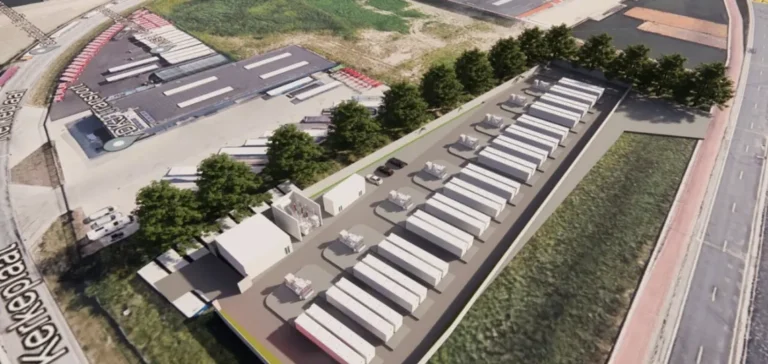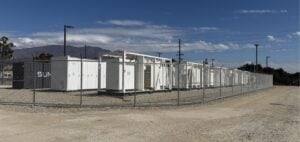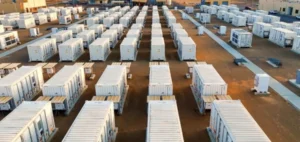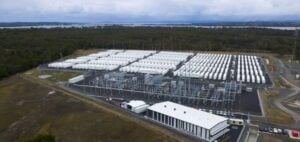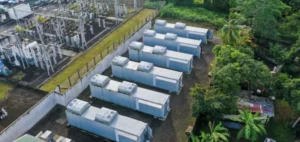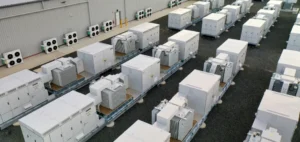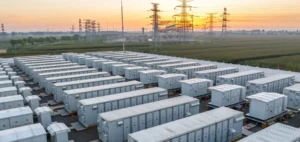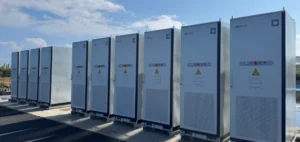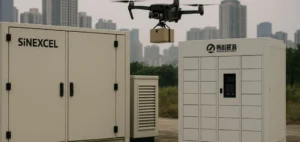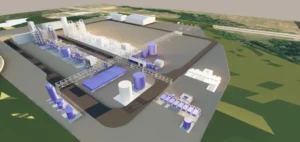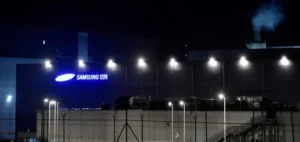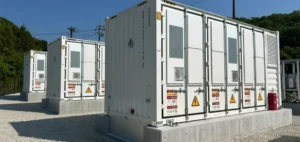LEAG Clean Power GmbH and Fluence Energy GmbH have announced the construction of a 1 GW/4 GWh battery energy storage system in Jänschwalde, in the federal state of Brandenburg, Germany. The project, named GigaBattery Jänschwalde 1000, will become the largest battery electricity storage system in Europe once completed. It will be integrated with Fluence’s Smartstack™ technology platform, marking the company’s largest deployment to date.
An industrial-scale project in a key region
With a capacity of 4 GWh, the facility will be able to supply electricity for four hours at full power, making it suitable for grid stability services and energy market operations. The selected site is located in the Lusatia region, historically linked to lignite production, and forms part of LEAG Clean Power’s broader energy industrialisation strategy under the GigawattFactory programme. This strategy aims to combine renewable generation, large-scale storage, and flexible thermal plants.
According to LEAG, this combination addresses one of the key challenges of continuous electricity supply, especially in the context of growing renewable energy variability. “With this project, we are launching another growth engine for our GigawattFactory,” said Adi Roesch, Chief Executive Officer of the LEAG Group.
Fluence deploys its technology for the German market
Fluence Energy GmbH, the German subsidiary of Fluence Energy Inc., will provide the technology and engineering expertise required for the implementation of the project. Markus Meyer, Managing Director of Fluence Energy GmbH, highlighted the importance of this contract in strengthening the company’s position in the European market. The company plans to leverage its local teams and Smartstack™ technology to ensure delivery in line with current technical and commercial standards.
According to the partners, the project will contribute to strengthening Germany’s energy security. The integration of fast-response services and frequency regulation will improve grid reliability in a zone historically reliant on coal.
An infrastructure designed to optimise the existing grid
Thomas Brandenburg, Managing Director of LEAG Clean Power GmbH, stated that the technical design of the system was developed to capitalise on the existing grid capacity. “The four-hour configuration supports grid stabilisation and maximises the use of the current connection,” he said.
The German federal government reaffirmed this year the need to accelerate the deployment of storage infrastructure, considered essential to maintaining a reliable energy system. In this context, the GigaBattery Jänschwalde 1000 project represents a strategic milestone for Germany’s energy mix transition while mobilising national capital and industrial expertise.


